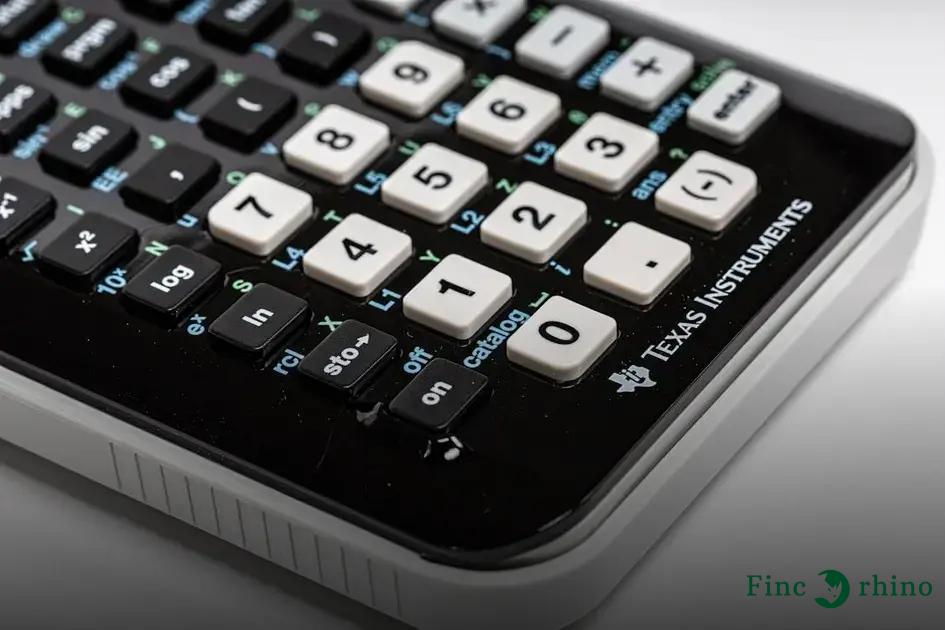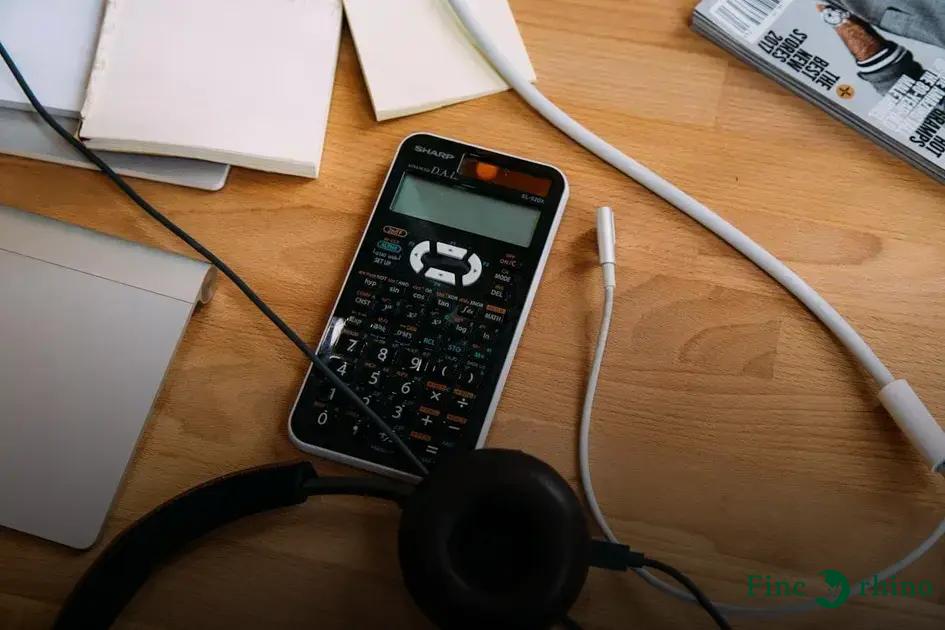Budgeting effectively is crucial for financial success, and two popular methods stand out: Zero-Based Budgeting and the Envelope System. Understanding these approaches can help you manage your finances smarter. Zero-Based Budgeting requires you to allocate every dollar, ensuring no money is left unaccounted for, which can be ideal for disciplined savers. On the other hand, the Envelope System is tactile and straightforward, using physical envelopes to limit spending. Dive into how each method works, their benefits, and which might align with your financial goals as you explore the subtleties of budgeting smartly.
Understanding Zero-Based Budgeting
The zero-based budgeting method is a financial strategy where every expense must be justified for each new period. Unlike traditional budgeting methods that might use past spending as a base, zero-based budgeting starts from scratch. This approach ensures that resources are allocated based solely on current needs and priorities.
Each department or individual must detail every expense during the budgeting process, leading to a more disciplined approach to spending. It encourages identifying unnecessary costs and reallocating resources where they are needed most.
Zero-based budgeting can offer greater financial control and transparency. By meticulously analyzing each expense, individuals or organizations can eliminate wasteful spending and optimize resource allocation. This method is particularly useful in times of economic uncertainty, where maximizing value from every dollar is crucial.
Zero-based budgeting challenges habitual spending and requires a mindset shift. It’s not just about cutting costs but about strategically reinspecting and reallocating. While it might require more effort than traditional methods, the potential benefits in efficiency and effectiveness can be significant.
The Basics of the Envelope System

The envelope system is a traditional budgeting method designed to help individuals manage their money by allocating physical cash into envelopes that represent different spending categories. Each envelope is dedicated to a particular area of spending, such as groceries, entertainment, or utilities. The idea is that once the cash in an envelope is spent, no further spending can occur in that category until the next budget period.
This system encourages disciplined spending and visual tracking of expenses, as users can physically see how much money remains for each category. Unlike digital methods, the envelope system relies on the tactile experience of handling money, which can enhance awareness and restraint. It also helps avoid the common pitfall of overspending with credit due to the tangible limitation of resources.
To implement this method, start by determining your monthly income. Break down your expenses into categories, such as food, transportation, and savings. Calculate how much you need to allocate to each category and withdraw that amount in cash. Place the respective amounts into individual envelopes.
Maintain regular checks on each envelope’s status to ensure all money is accounted for and adjust your spending as necessary. Over time, this method can foster a better understanding of personal spending habits, prompting more mindful financial decisions.
The envelope system can be especially effective for those who need a more tactile experience to stay accountable, or for individuals who prefer not to use digital tools. It stands in contrast to methods like the zero-based budgeting approach, which involves creating a detailed budget with every dollar assigned a job but relies heavily on spreadsheets or financial software.
Pros and Cons of Each Method
In exploring the pros and cons of each budgeting method, both Zero-Based Budgeting and the Envelope System present unique strengths and weaknesses. The Zero-Based Budgeting approach allows individuals to allocate every dollar to a specific purpose, ensuring there’s no overlooked spending. This can promote a more controlled financial environment where every expenditure is justified.
However, the meticulous nature of this method can be time-consuming and may require more consistent attention, which could be challenging for those new to budgeting. It also demands a strong discipline to avoid the temptation to overspend.
On the other hand, the Envelope System offers a tangible approach to managing finances. By using physical envelopes for different categories, it provides a clear visual representation of expenditure limits. This can be particularly effective for visual learners and those who prefer a straightforward method. It also encourages spending only what is available, as there is no room for overspending once an envelope is depleted.
Nevertheless, the Envelope System may become cumbersome with a large number of expense categories and can be less practical in a world where digital transactions are prevalent. It may also lack the comprehensive tracking capability that digital tools offer, potentially leading to unused funds or misallocation if not monitored closely.
Which Budgeting Method Suits You?

Finding the right budgeting method for your financial goals can feel overwhelming, but it is essential to achieving financial stability and growth. The two methods at the forefront are the Zero-Based Budgeting and the Envelope System, each with unique characteristics suited for different personal finance needs.
Understanding your spending habits and financial goals is critical when choosing the best method. For those who need a structured and detailed spending plan, Zero-Based Budgeting may be ideal. It requires you to account for every dollar of income, fostering maximum control and awareness of your finances. This method is great for meticulous planners who enjoy tracking every expense and income source, ensuring that every dollar works towards a particular financial goal.
On the other hand, the Envelope System might be more suitable for individuals who prefer to handle cash directly and wish to limit spending to certain categories each month. This method allows you to allocate a fixed amount of cash to different envelopes labeled with specific expenses like food, entertainment, and utilities. Once the money in an envelope is depleted, you must wait until the next month to replenish it, thus preventing overspending.
Consider your personal inclinations – do you like to manage every penny, or is the simplicity of cash appealing? Are you disciplined enough to stick with rigorous tracking, or does the tactile nature of envelopes motivate you to stay within budget? Finding the right fit requires understanding your financial habits and aligning them with the method that complements your lifestyle.
Remember, regardless of the method you choose, the ultimate goal is to find one that helps you manage your finances effectively and work towards achieving your financial objectives.





